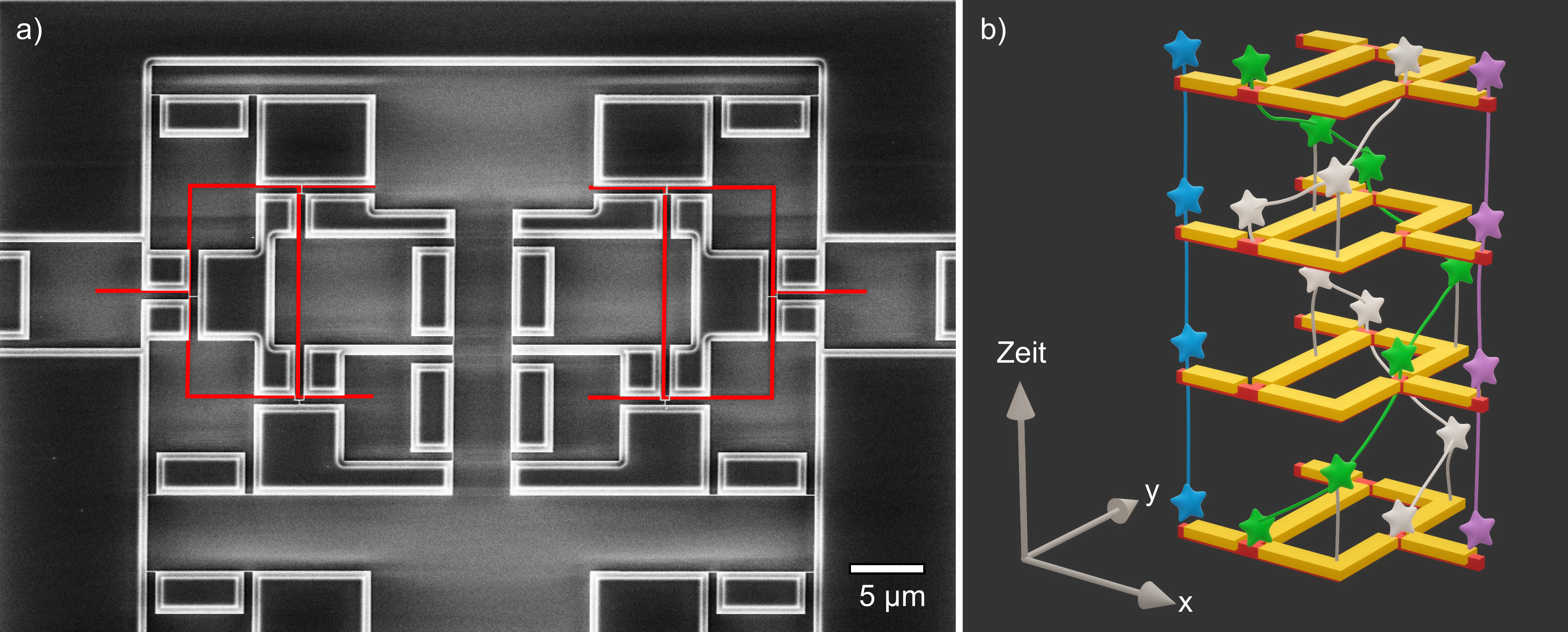Already the Incas used knots in cords in their ancient writing “Quipu” to encode and store information. The advantage: Unlike ink on a sheet of paper, the information stored in the knots is robust against external destructive influences such as water. Novel quantum computers should also be able to store information robustly in the form of knots. For this, however, no cord is knotted, but so-called quasiparticles in space and time.
What you need to build such a quantum-knot-machine are new materials, so called quantum materials. Experts speak of topological insulators and superconductors. The processing of these materials into components for quantum computers is a challenge in itself, especially because topological insulators are very air-sensitive.
Scientists at the Forschungszentrum Jülich have now developed a novel process that makes it possible to structure quantum materials without exposing them to air during processing. The so-called “Jülich process” makes it possible to combine superconductors and topological insulators in the ultra-high vacuum and thereby produce complex components.
First measurements in their devices show indications of Majorana states. “Majoranas” are precisely the promising quasiparticles that are to be knotted in the shown networks of topological insulators and superconductors in order to enable robust quantum computing. In a next step, the researchers at the Peter-Grünberg Institute, together with their colleagues from Aachen, the Netherlands and China, will equip their networks with read-out and control electronics in order to make the quantum materials accessible for application.



















